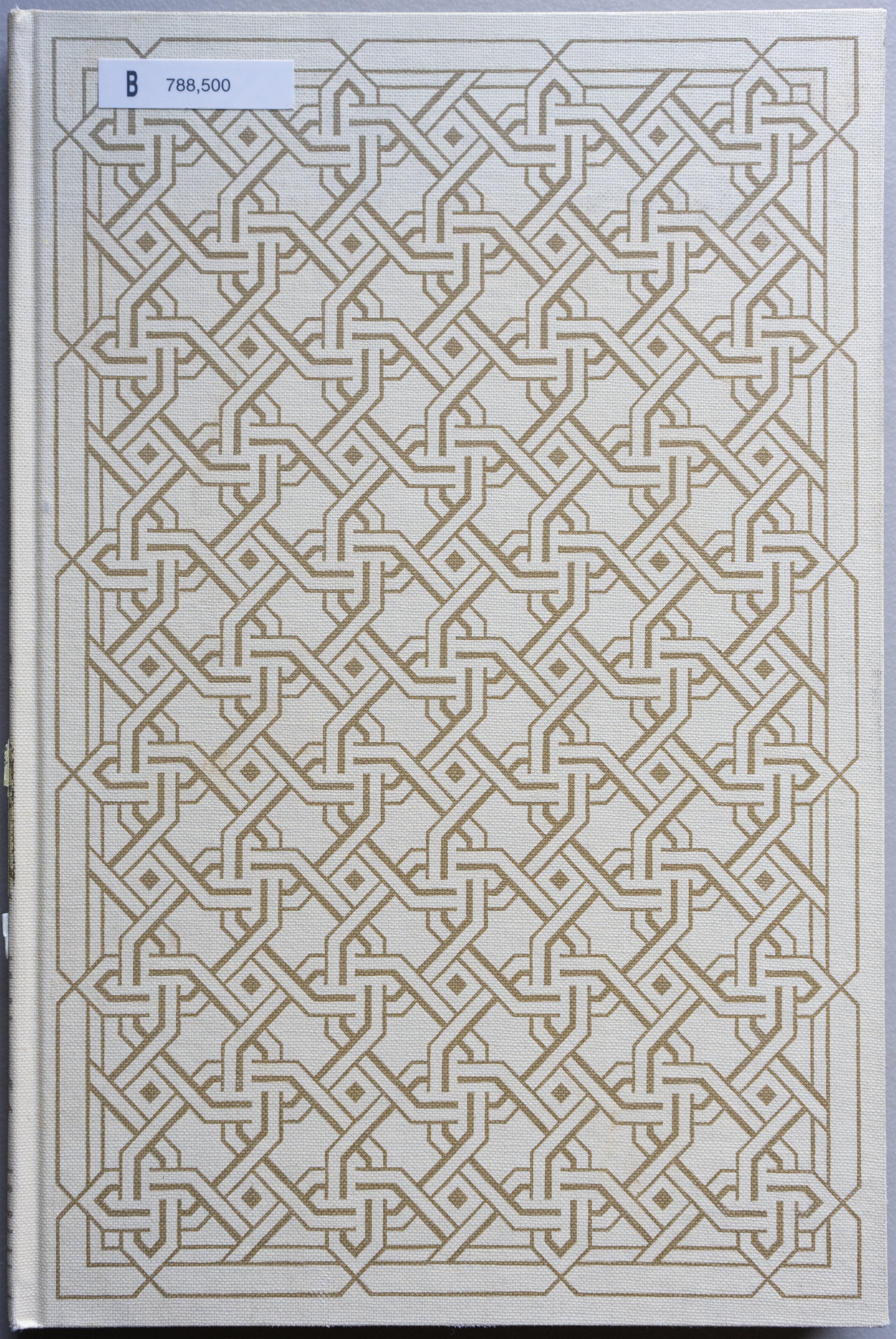Decorative Bookbinding Papers at Buhr
Cover papers, paste papers, block prints, marbling, etc.
Buhr is filled with a ton of examples of book designs which includes a range of decorative covers and endpapers from a range of years. This has ultimately led to amateur research on decorative papers in searching to identify the technique behind some of the most ornate and complex seeming surfaces, patterns, and materials. As a printmaker and papermaker, my mind quickly goes to trying to figure out how I would recreate the characteristics of something similar, and if I can with what I have on hand.
Decorative paper often is composed of simple and natural shapes. We have a lot of basic geometry, lines, boxes, circles, and a ton of leaves, scrolls (vines), flowers. The purpose of decorative paper was to be pleasing, but not too distracting to the contents - this all before modernism began taking over with the idea that design that didn’t have a “use” was wasteful and over the top (about 1930s - it wasn’t a sudden stop, but ornamental and decorative papers begin to thin out in occurrence as we approach modern day).
Amongst the examples you can see on this page are paste papers, paper marbling, wood carved and printed repeat patterns, gold foil stamping, and embossing. I have listed the information of each book at the foot of this page, however, particularly when it comes to endpapers, it is important to note that often times new ones are added during the repair process at any point between its publishing and now. New endpapers typically would be added by a bookbinder in the preservation team of a university, or a private collection taken to a bookbinding shop before it ultimately ended up here through donations or other avenues. It is an interesting window into what designs were of interest or traditional at the time within the craft, and the more palpable history of the trajectory and treatment of each book. All of these examples are books that (as of 2024) live in the main building of Buhr at the University of Michigan Libraries Ann Arbor.
From left to right starting from top:
1. Fabela, Isidro. Intervención. 1959.
2. Felton, Samuel. Gleanings on Gardens Chiefly Respecting Those of the Ancient Style in England. 1897.
3. Franck, Hans and Bach, Johann Sebastian. Die Pilgerfahrt Nach Lübeck. 1957.
4. Florance. Numismatique Grecque. 1903.
5. Löwis of Menar, August von. Russische Volksmärchen. 1959.
6. Turner, John Hastings. The Lilies of the Field; a Comedy in Three Acts. 1923.
7. Herbart, Johann Friedrich and Bartholomai. Joh. Friedr ̇Herbarts Pädagogische Schriften. 1895-1896.
8. Garrison, Richard. Williamsburg, Virginia; a Brief Study in Photographs. 1942.
9. Hartsock, Ernest. Strange Splendor. 1930.
10. Schröder, Rudolf Alexander. Aus Meiner Kindheit. 1953.
11. Michal, Bernard and Bergheaud, Edmond. La Guerre d’Espagne V.2. 1970.
12. Collins, Mortimer. Thoughts in My Garden. 1880.
13. García Sanchiz, Federico. Las Siestas Del Cañaveral. 1907.
14. Edman, Irwin. Adam, the Baby, and the Man from Mars. 1929.
15. Lehnacker, Josef. Die Bremer Presse, Königin Der Deutschen Privatpressen. 1964.
16. Ortega Munilla, J. El Tren Directo; Novela. 1919.
















